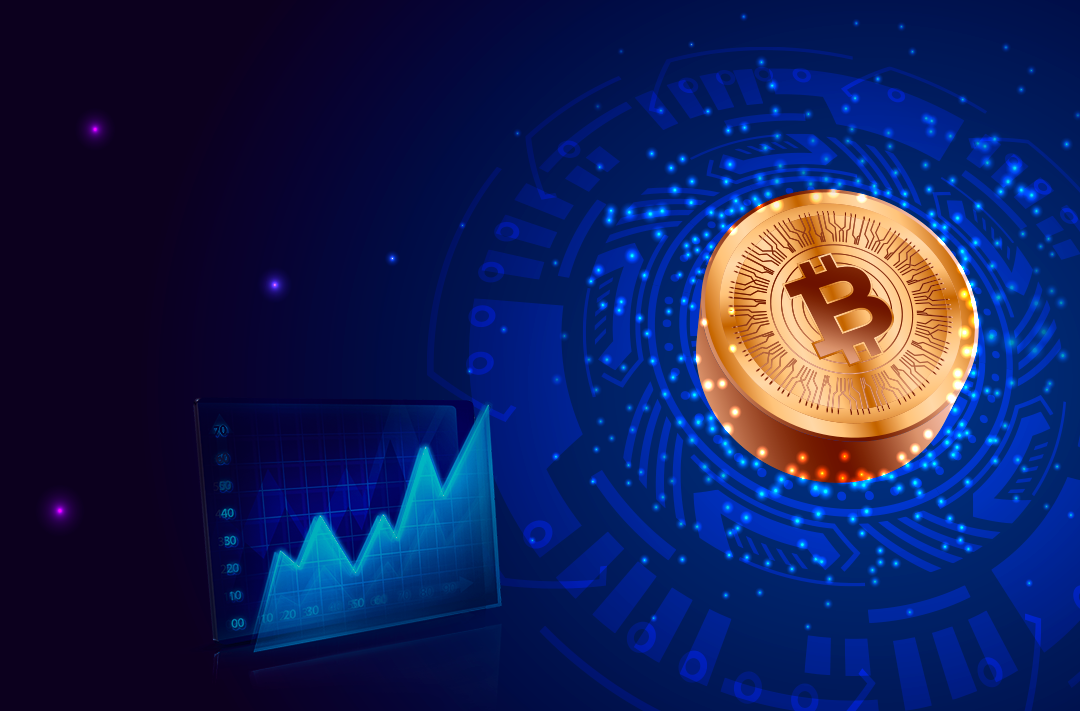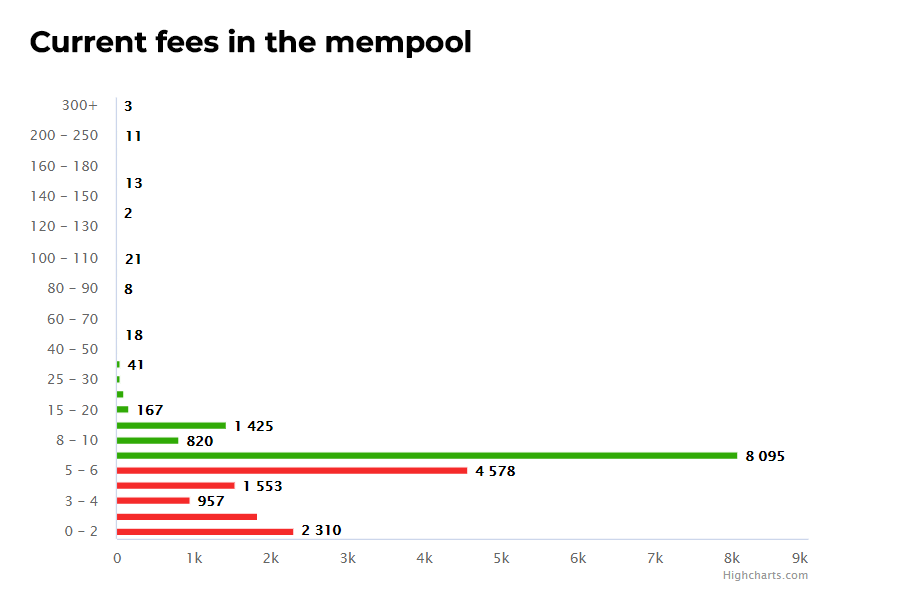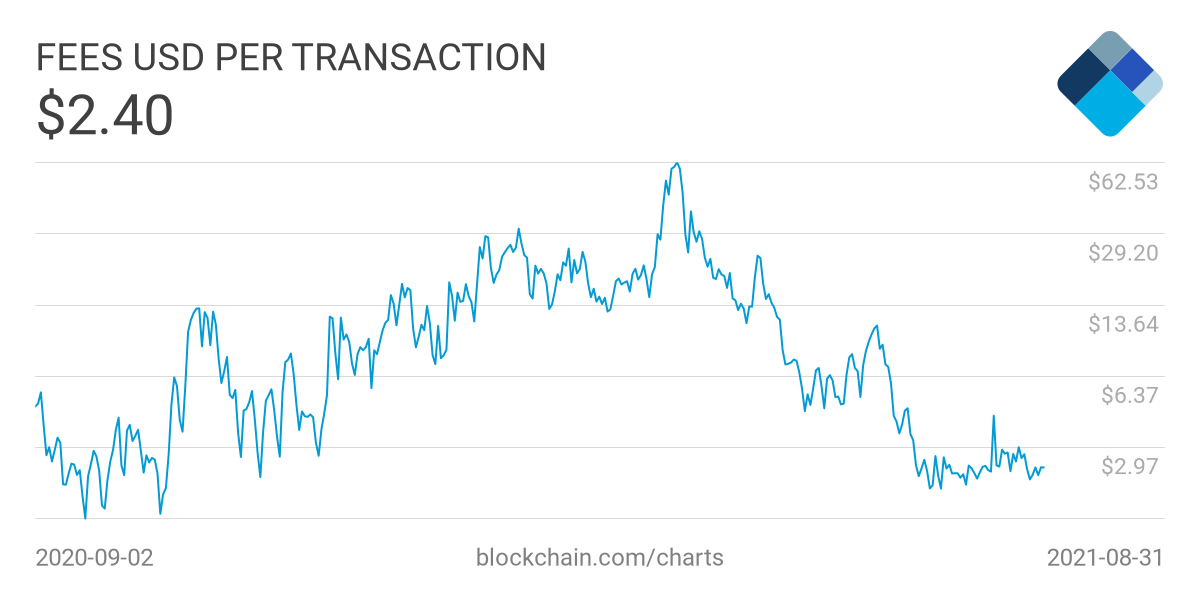What are bitcoin confirmations and how long should I wait for them?
Transactions on the bitcoin network are different from classic bank transactions or transfers between e-wallets

08.02.2021
2809
6 min
1
. When attempting to send or receive funds, users encounter such a concept as network confirmation. In this article, we will examine in detail what it is, and why in some cases confirmations can take quite a long time.
Let's talk about the technical features of cryptocurrency
Any bitcoin cryptocurrency transaction is done on a blockchain. The blockchain is a public database that contains data about all transactions ever made on the network.
What does it look like in practice?
Let's say you send the required amount of coins to another user. What happens next?
For a bitcoin transaction to be successful, the information about it must be included in the block. This is the first confirmation. In this case, the transaction has already left the mempool and is recorded in the bitcoin blockchain, and the user can dispose of the coins. The second and subsequent confirmations do not confirm the transaction itself, but the block in which it is included, protecting against double-spending attempts.
Why are there 6 confirmations?
The developers of the classic bitcoin client originally laid out a similar scheme. Its purpose is to prevent a “51% attack” or “double waste attack” when attackers can undo a transaction that has already been made. If any organization or group of hackers possesses more than a 50% hash rate, they will be able to reverse the order of transactions, and this will lead to disruptions and the problem of double-spending. Note that in the case of bitcoin, conducting such an attack is virtually impossible and economically unprofitable because it would be costly.
Why is the transaction not instantaneous?
Under normal conditions, it takes about 10 minutes to generate a block. That's how long it takes to get the first confirmation from the network. But during a period of high load, this time can be significantly stretched. This happens because of the queue in the mempool.
A bitcoin mempool is a set of all transactions that are waiting to be confirmed. You want to send coins, your transaction goes into a mempool and waits to be added to a new block by miners. The miners assemble the individual transactions into a block to write to the blockchain. That said, bitcoin is limited to 1 megabyte in block size. And, if there are too many transactions in a mempool, your transaction may not make it to the nearest block and gets queued up.
Here is an example of what this looks like, and what happens when the mempool accumulates too many transactions
In this case, miners have the opportunity to select for confirmation those transactions in which the maximum fee is set. And, first of all, the miners will choose the transactions in which users pay a larger fee. And everyone else will have to wait for one or more blocks.
In this situation, inexperienced users begin to worry. After all, more than 30 minutes have passed and their transaction is still not confirmed. And the reason is very simple - there are too many transactions with high fees in bitcoin mempool.
Unconfirmed bitcoins can remain in the mempool for several days. This is a relatively long time, but it is comparable to bank transfers, which also take several working days.
There have been times in bitcoin history when the load on the network was off the charts and the number of transactions in the mempool exceeded 100 000 per day. So how can you check how busy the network is at the moment? To do that, just go to our bitcoin explorer page and see the current number of transactions in the mempool in the “Mempool statistics” block. These are all the transactions that are waiting to be confirmed, and the miners will select for inclusion in the block those of them with the highest fee. This is shown visually in the diagram:

If the whole diagram is green, it means that all current transactions in the mempool can enter the next block, and the minimum level of fee is enough. If there are yellow or red bars on the diagram, it means that the total volume of the mempool exceeds the allowable size of the block, all current transactions just physically will not be able to enter the next block. Some transactions will be confirmed within 3 to 6 blocks (yellow bars) and the rest may hang for an indefinite time (red bars).
Why don't all platforms require 6 transaction confirmations?
Each service can set its own number of confirmations needed to make a payment. For example, one of the largest exchanges, Binance, has reduced the number of bitcoin transaction confirmations required to 1 for deposits and 2 for withdrawals. Crypto exchange Bybit also credits deposits after receiving 1 confirmation. And Bitfinex has a progressive scale according to user status: 3 confirmations of bitcoin transactions for a standard account, 2 for verified users, and 1 for an “Investor” account.
How do I manage the speed of my transactions?
In order to manage your transactions as efficiently as possible, we recommend that you learn more about how the bitcoin blockchain works. Despite the apparent complexity of the process, you can actually control your transaction speed.
We recommend paying special attention to choosing the size of fees. At times of high load (for example, December 2017), the average cost per transaction was as high as $58. And, if for a $1 million transfer such a fee is quite acceptable, then if you sent $100 to your account, you would only get $42.
Creating alternative cryptocurrencies to solve the problem
Problems with transaction speed make it extremely inconvenient to use bitcoin as an everyday means of payment. Imagine, you wanted to have a cup of coffee and sent money for it, and the transaction did not go through until several hours later (and the bitcoin exchange rate may have changed significantly). To solve this serious problem, a number of developers created alternative cryptocurrencies based on bitcoin's source code.
One such cryptocurrency, called Litecoin (LTC), is a fork of bitcoin. The main difference between LTC and the first cryptocurrency is the high speed of block processing (4 times faster than BTC). This makes Litecoin more convenient for everyday payments. In addition, the fees in the network are much lower.
Another cryptocurrency based on the bitcoin source code is called DASH. The main idea of its creators was to improve the bitcoin algorithm, especially in terms of anonymity and transaction speed. Transactions in the DASH network are almost instantaneous with the help of a masternode, unlike in BTC, where the confirmation of transactions by miners takes a certain amount of time.
Summing it up
The first cryptocurrency continues to dominate the market, occupying 60% of the total capitalization of all cryptocurrencies. In this piece, we have considered in detail an important topic about confirmations in the bitcoin network, why you need them, and why you sometimes have to wait for them for a long time. The bottom line is as follows: if you need a transaction to go through as quickly as possible, set a high fee. If the deadlines allow, you can wait a bit and save money by lowering the fee.
Useful material?
Basics
Why Satoshi Nakamoto’s technical manifesto for a decentralized money system matters
Oct 31, 2022
Basics
Experts evaluated the development prospects of the new ecosystem and the investment attractiveness of its token
Oct 20, 2022
Basics
How to track fluctuations correctly and create an effective income strategy
Sep 13, 2022
Basics
Review of the most profitable offers from proven trading platforms
Aug 29, 2022
Basics
The Ethereum Foundation team has published a breakdown of major misconceptions about the upcoming network upgrade
Aug 18, 2022
Basics
What benefits the exchange offers, and what else is in the near future
Aug 4, 2022










 Telegram
Telegram  Twitter
Twitter